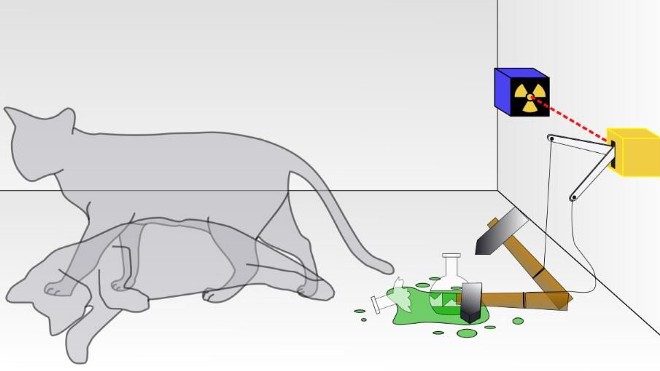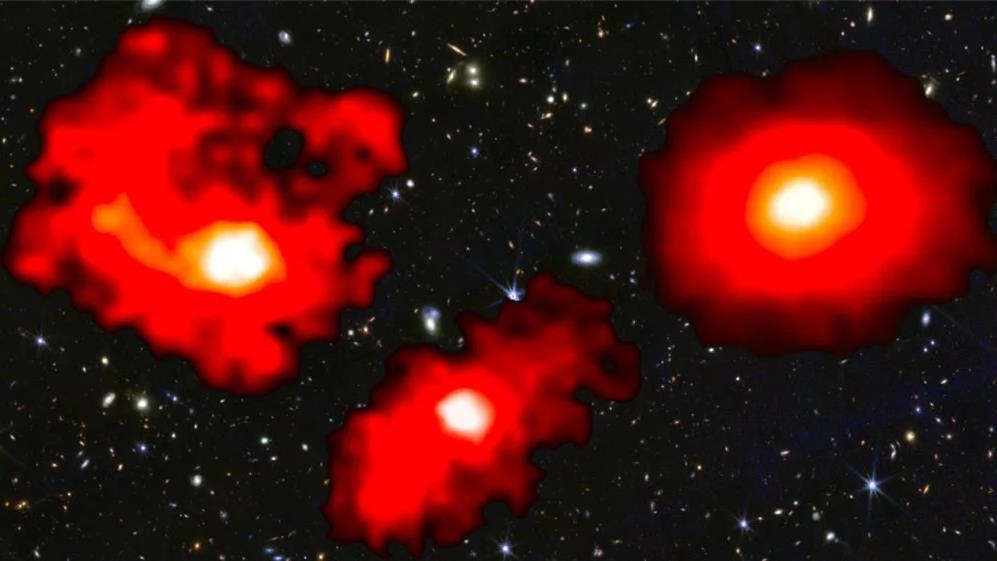Early science fiction predicted jet packs and flying cars—a revolution in energy. Instead we got cell phones and laptop computers—a revolution in information.
Question: Why doesn’t our world look like the future envisioned in the science fiction of the 1950s and 60s?
Jim Kakalios: They got a lot of things wrong in that they expected that there would be a revolution in energy so that we would have jet packs and flying cars. When what we got instead were a revolution in information which led to cell phones and laptop computers.
Energy is limited by the atoms and how they interact with each other and the chemical binding between them unless you’re going to go nuclear. Whereas information is pretty much limited by our cleverness in how to store it and transmit it.
The information revolution was enabled thanks to the developments of semi-conductor and solid state physics, which in turn were created – were made possible thanks to the discovery of quantum mechanics.
Quantum mechanics is the branch of physics that deals with how atoms interact with each other and how they interact with life. Back in 1926, Hugo Gernsback publishes the first pulp magazine devoted exclusively to science fiction; amazing stories. Also publishing in 1926, Erwin Schrödinger publishing the Schrödinger Equation that would form the foundation of quantum mechanics.
So there is these two visions of the future that start off in 1926, really within months of each other. One leads to the fantasy world or death rays, and the other leads to the reality of lasers.





